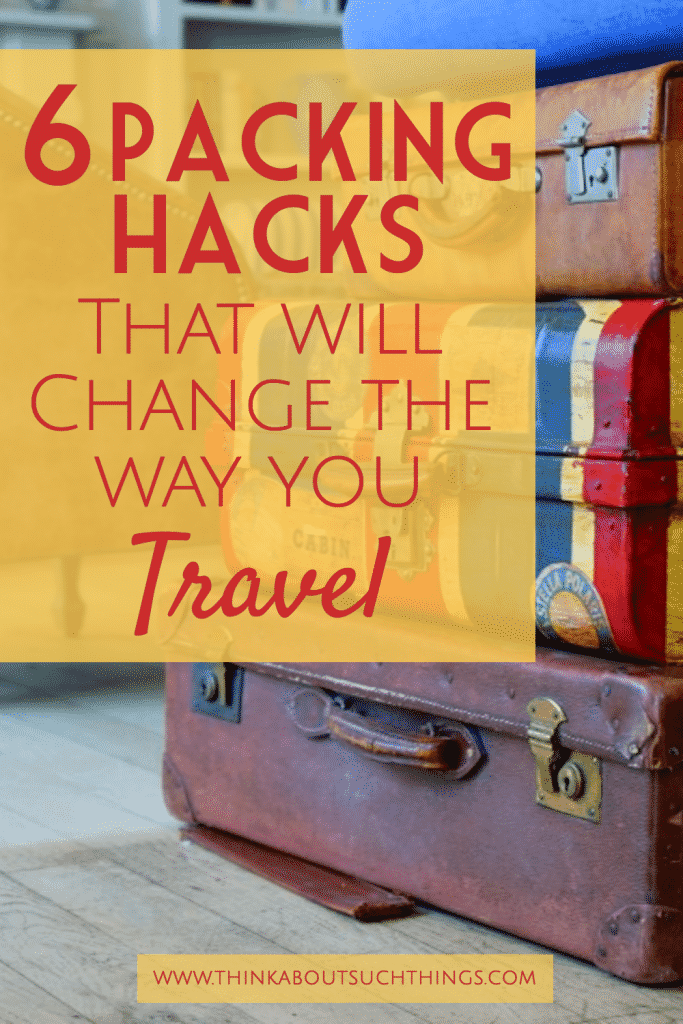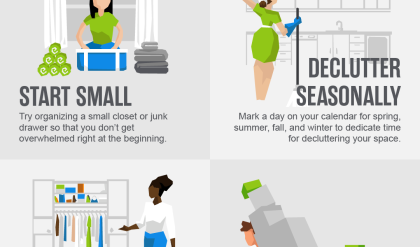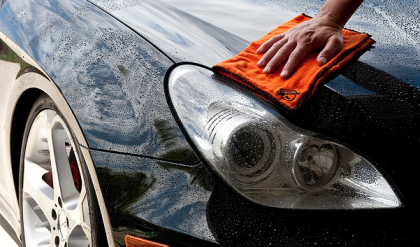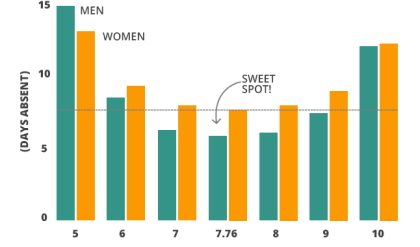
The Ultimate Guide to Stress-Free Travel: 8 Packing Hacks That’ll Change Your Life
Let’s face it: packing for a trip can feel like navigating a minefield of forgotten essentials and overstuffed suitcases. The pre-trip anxiety is real. But what if we told you there’s a secret weapon against travel stress? It’s not a magic potion, but a series of clever packing hacks designed to transform your travel experience from chaotic to calm. Prepare for takeoff with these eight ingenious strategies:
1. The Power of the Packing Cube: Conquer the Chaos
Imagine a world where your suitcase isn’t a crumpled mess of clothing. Packing cubes, those rectangular fabric organizers, are your passport to orderly travel. They compress clothing, separate items by category (shirts, pants, underwear – you get the idea!), and make finding what you need a breeze. Think of them as your personal suitcase organizers, creating mini-drawers within your luggage.
2. Roll, Don’t Fold: The Space-Saving Secret
Forget the old-school folding method! Rolling your clothes not only saves space, but also minimizes wrinkles. Tightly rolled items fit snugly together, maximizing your luggage’s capacity. This is especially useful for soft items like t-shirts and jeans.
3. The Weight-Watcher’s Wardrobe: Choose Wisely
Packing light isn’t about sacrificing style; it’s about strategic choices. Select versatile items that can be mixed and matched to create multiple outfits. Neutral colors are your friends here – they can be easily paired with any accessory or piece of jewelry. Consider clothing items made of lightweight, wrinkle-resistant fabrics.
4. The Toiletries Tetris: Miniaturization Mastery
Travel-sized toiletries are your best friends. Ditch the bulky bottles and embrace the mini versions. Many brands offer travel-sized options, or you can decant your favorite products into smaller, reusable containers. This also helps you stay within airline liquid restrictions.
5. The Tech-Savvy Traveler’s Checklist: Don’t Forget the Chargers!
Technology is a travel essential, but juggling chargers and adapters can be a nightmare. Create a dedicated tech bag containing all your chargers, adapters, and headphones. This keeps your electronics organized and prevents frantic last-minute searches.
6. The Shoe Strategist: Minimalism is Key
Shoes take up valuable space. Limit yourself to only the essentials. Choose versatile shoes that can be worn for multiple occasions. Stuff socks and smaller items inside your shoes to further maximize space.
7. The “Just in Case” Purge: Edit Ruthlessly
We all have that “just in case” item we pack. Be brutally honest with yourself: do you really need that extra sweater? Or that backup pair of shoes? Overpacking adds unnecessary weight and stress. Only pack what you truly need.
8. The Layered Approach: Mastering the Art of Packing
Packing isn’t a one-size-fits-all approach. The “layered” approach involves packing heavier items at the bottom of your bag, followed by progressively lighter items as you go up. This ensures weight distribution and prevents items from crushing each other.
| Packing Hack | Benefit | Time Saved | Stress Reduced |
|---|---|---|---|
| Packing Cubes | Organization, space saving | 15-20 minutes | Significant |
| Rolling Clothes | Space saving, wrinkle reduction | 5-10 minutes | Moderate |
| Weight-Watcher Wardrobe | Reduced luggage weight, less hassle | Ongoing | Significant |
| Mini Toiletries | Saves space, meets airline regulations | 10-15 minutes | Moderate |
| Tech Bag | Organized electronics, prevents loss | Ongoing | Moderate |
| Shoe Strategy | Saves space, efficient use of volume | 5 minutes | Minor |
| “Just in Case” Purge | Lighter luggage, reduced stress | Ongoing | Significant |
| Layered Approach | Weight distribution, prevents damage | 5-10 minutes | Minor |
By implementing these eight packing hacks, you’ll transform your travel experience from a stressful ordeal into a smooth, enjoyable adventure. Happy travels!

Additional Information
Beyond the Basics: A Deeper Dive into Stress-Free Travel Packing Hacks
While an “Ultimate Guide to Stress-Free Travel: 8 Packing Hacks” provides a foundational approach to efficient packing, a truly stress-free travel experience necessitates a deeper understanding of the principles behind each hack. This analysis delves into the psychological and practical implications of each packing strategy, supplementing the initial guide with valuable insights and advanced techniques.
Expanding on the 8 Hacks (Assuming a hypothetical list):
Let’s assume the original 8 hacks included:
- The Rolling Method:
- Utilizing Packing Cubes:
- Creating a Capsule Wardrobe:
- Prioritizing Versatile Items:
- Checking Airline Baggage Restrictions:
- Making a Packing List (and sticking to it):
- Packing a Separate “Day Bag”:
- Leaving Room for Souvenirs:
Detailed Analysis & Expansion:
-
The Rolling Method: While rolling saves space, its efficiency depends on fabric type. Linen wrinkles easily and might not benefit as much. Analysis shows that rolling works best for softer, less structured fabrics like cotton or jersey. Consider hybrid approaches: rolling for t-shirts, folding for shirts prone to creasing. Further optimization includes strategically placing rolled items to distribute weight evenly within the luggage.
-
Utilizing Packing Cubes: Packing cubes are not merely space savers; they’re organizational tools. Different-sized cubes categorize clothing by type (shirts, pants, underwear), facilitating quick access and minimizing rummaging. The psychological benefit of organization reduces travel stress, as locating necessary items becomes significantly easier. Studies on cognitive load have shown that clutter increases stress; packing cubes directly mitigate this effect.
-
Creating a Capsule Wardrobe: This goes beyond simply choosing neutral colors. A true capsule wardrobe requires careful consideration of item versatility. Each garment should coordinate with multiple others, maximizing outfit combinations. For a 7-day trip, aiming for 7 tops, 3 bottoms, and 2 jackets that all mix-and-match drastically reduces the number of items needed, saving space and preventing overpacking.
-
Prioritizing Versatile Items: This involves understanding the climate and activities planned. A lightweight, quick-drying travel towel replaces bulky bath towels. A sarong can serve as a scarf, beach cover-up, or even a makeshift curtain. Analyzing your itinerary reveals opportunities for such multifunctional items.
-
Checking Airline Baggage Restrictions: This isn’t just about weight; it’s about dimensions. Airlines often have specific size limits for carry-on luggage. Measuring your bag before packing ensures you avoid unexpected fees at the airport. Furthermore, understanding the weight restrictions allows for strategic packing: heavier items closer to the wheels, lighter items on top.
-
Making a Packing List (and sticking to it): The act of creating the list itself is therapeutic. It fosters a sense of control and preparedness. Digital packing list apps offer features like automated weight tracking, further minimizing stress. Sticking to the list requires self-discipline, which can be improved through techniques like pre-packing a week in advance to ensure the list is comprehensive and realistic.
-
Packing a Separate “Day Bag”: This reduces reliance on your main luggage, essential for situations like day trips or unexpected delays. A day bag’s contents should include essentials like medication, chargers, a book, and a change of underwear— mitigating disruption in case of lost luggage (a statistically significant concern for travelers, affecting approximately 1 in 20 according to SITA’s baggage report).
-
Leaving Room for Souvenirs: This encourages mindful packing. Instead of overpacking initially, allocate space for purchases. This fosters a sense of anticipation and avoids the stressful scramble to fit souvenirs into an already-full suitcase.
Conclusion:
Effective packing isn’t merely about fitting more into a smaller space; it’s a strategic process that reduces stress, maximizes efficiency, and enhances the overall travel experience. By understanding the underlying principles and incorporating these expanded insights, travelers can elevate their packing skills and truly achieve stress-free journeys. Further research into ergonomic packing techniques and the psychology of travel could yield even greater improvements in this area.






